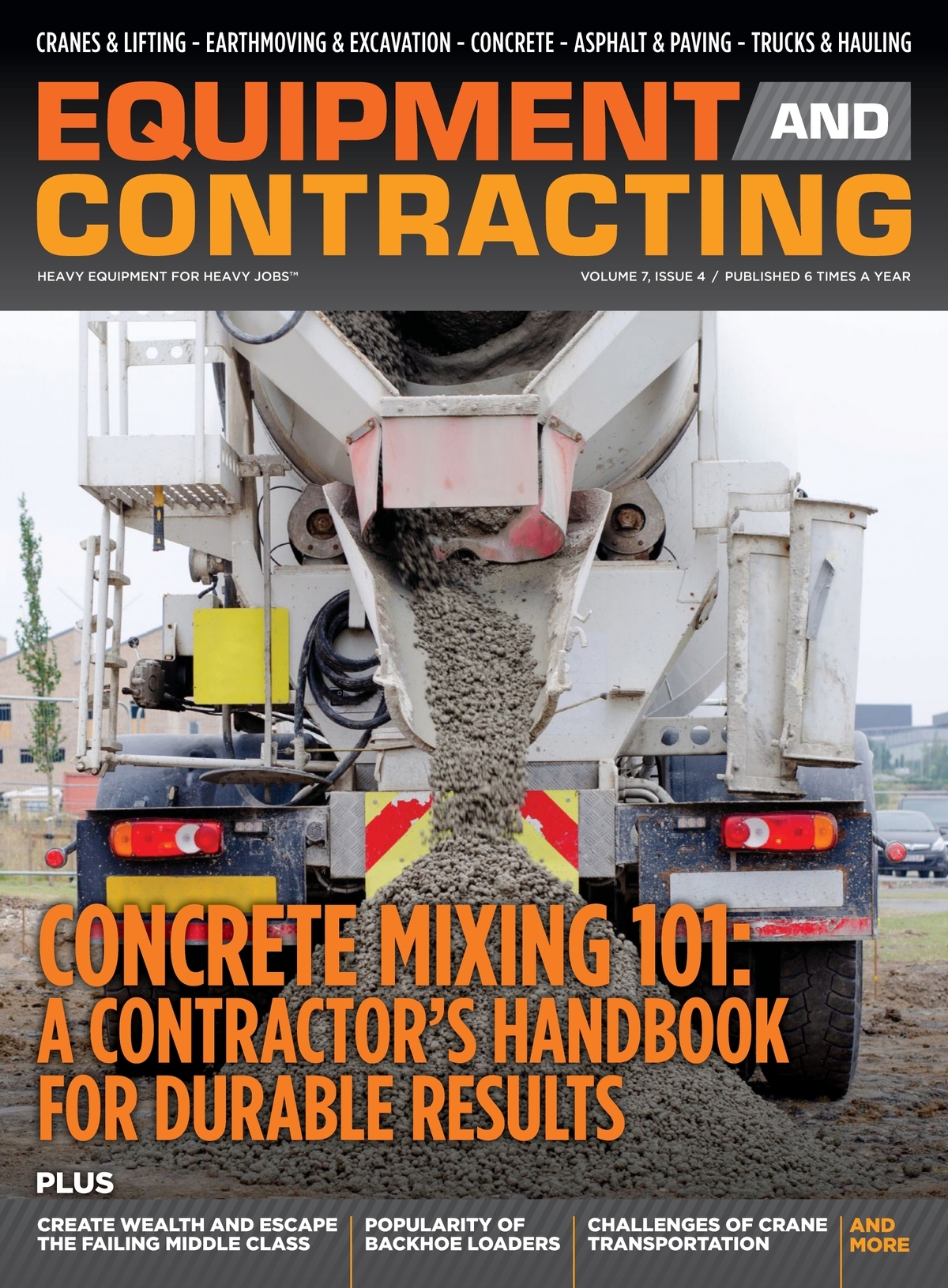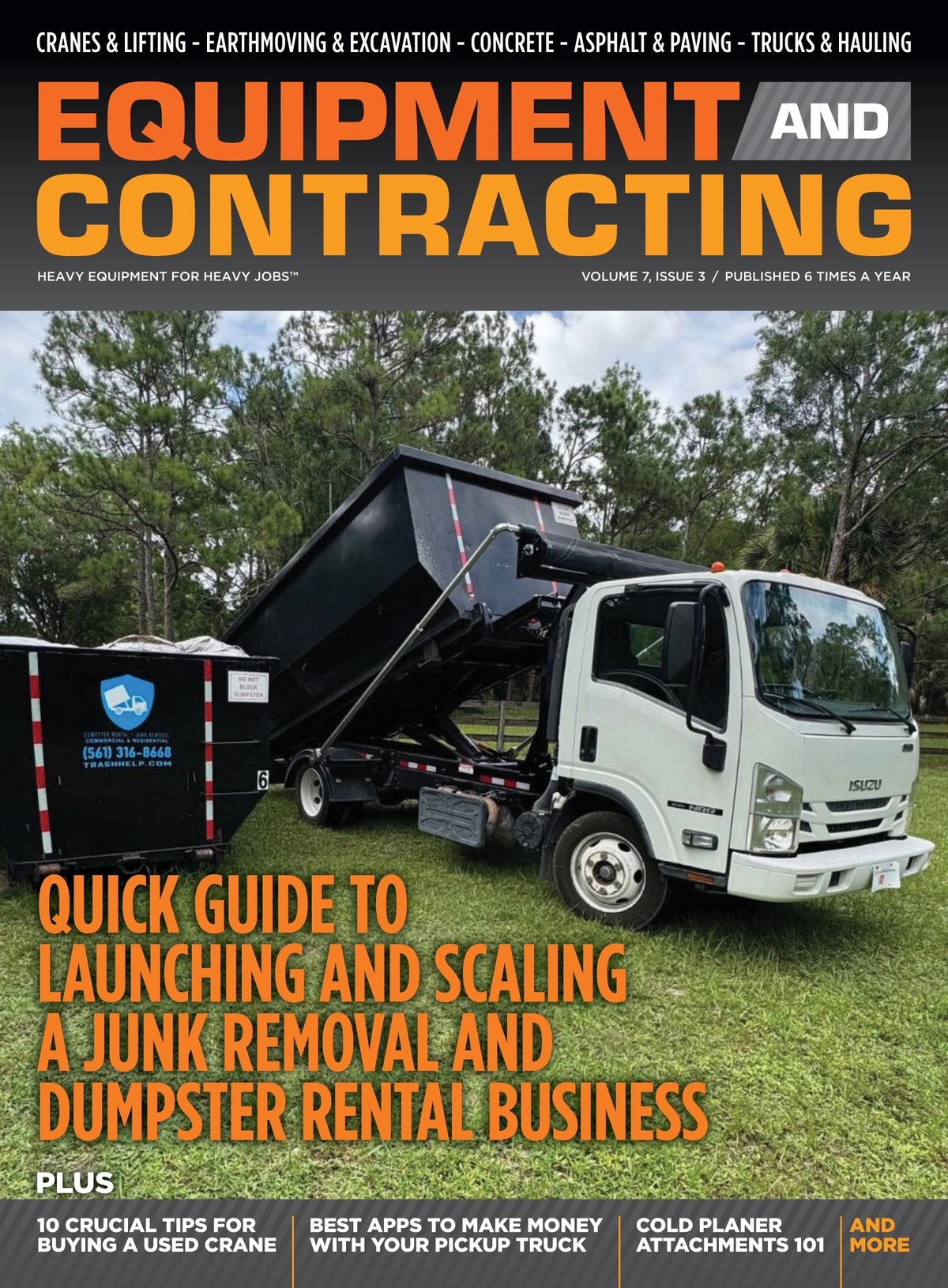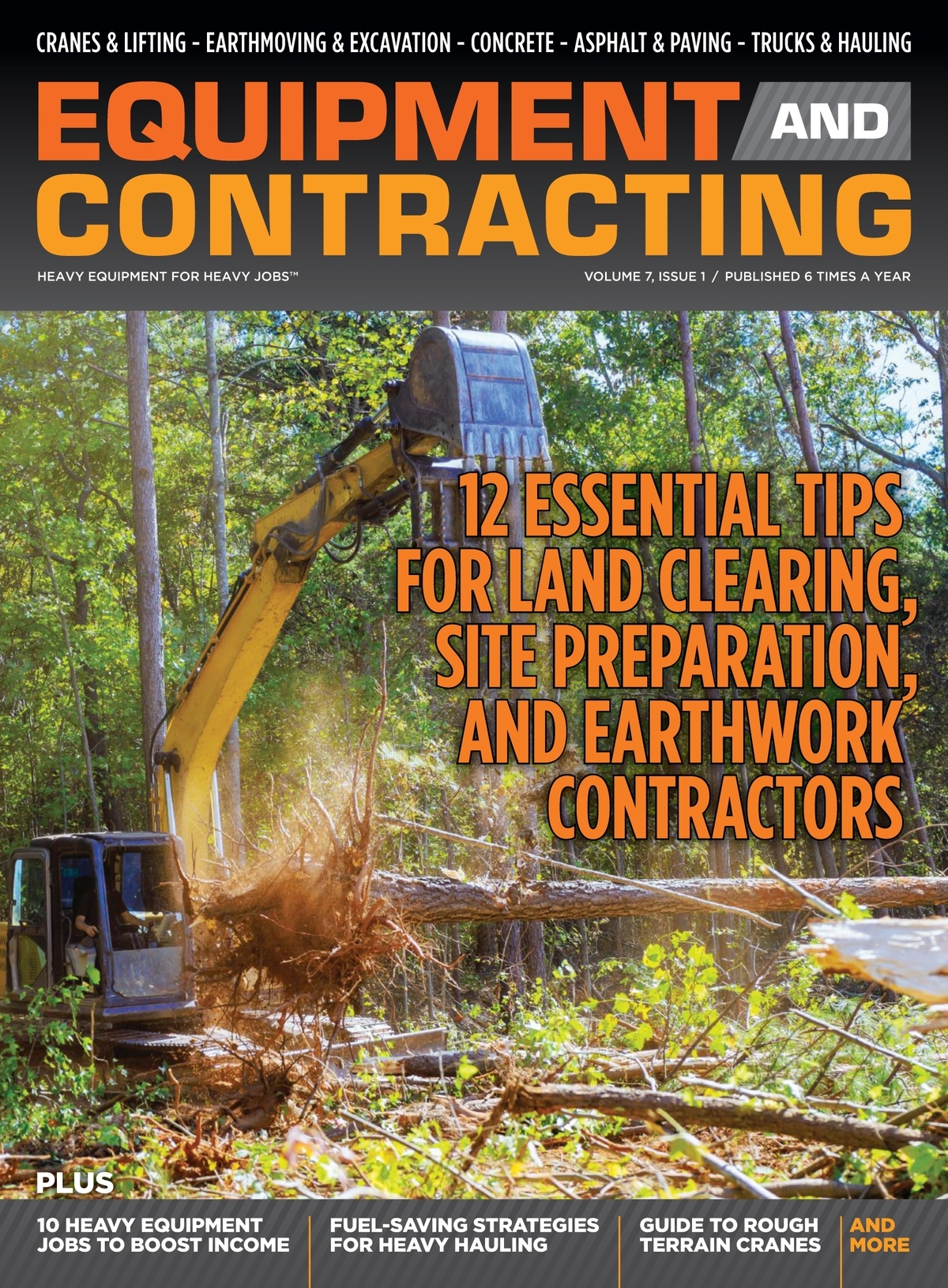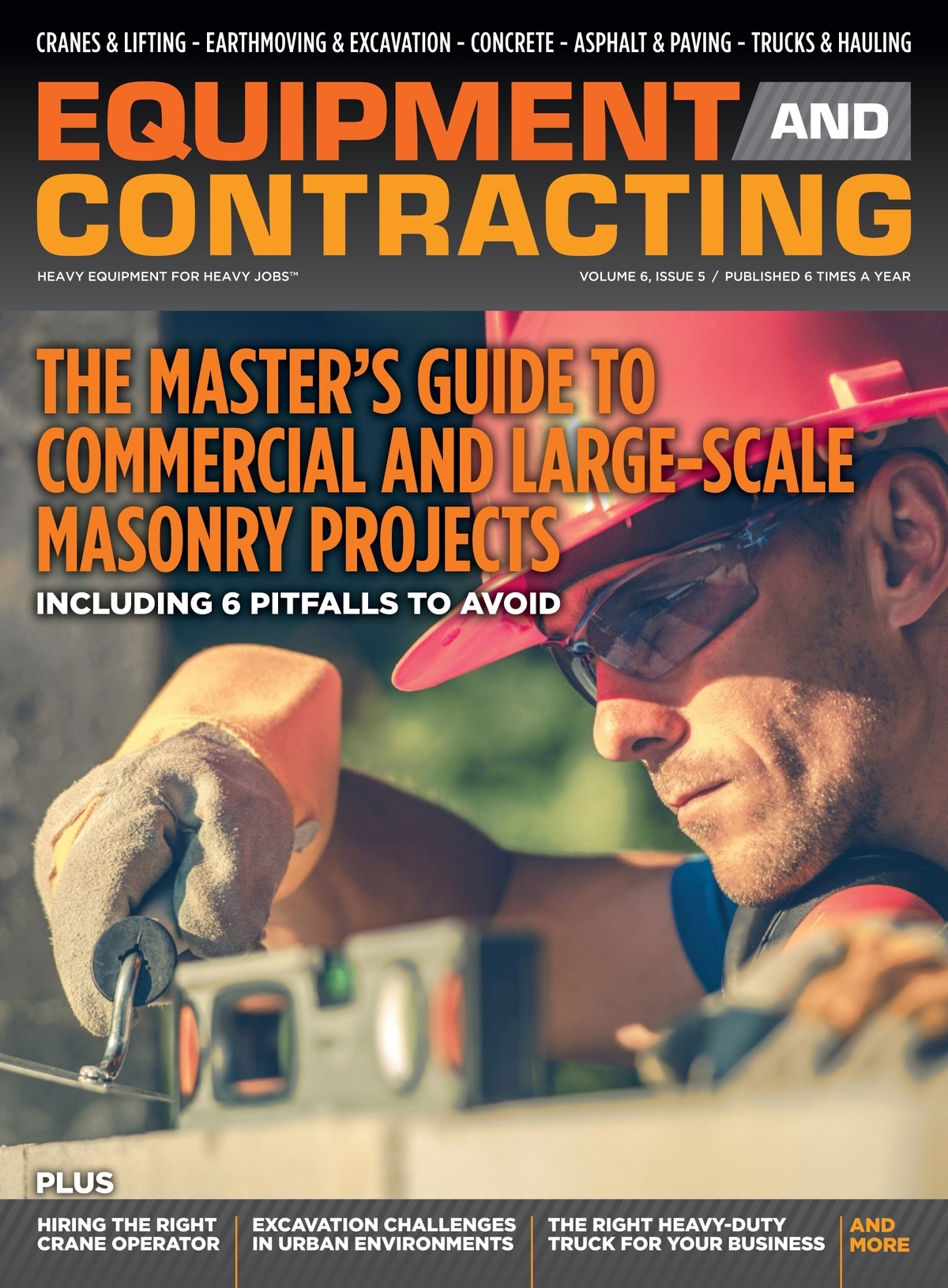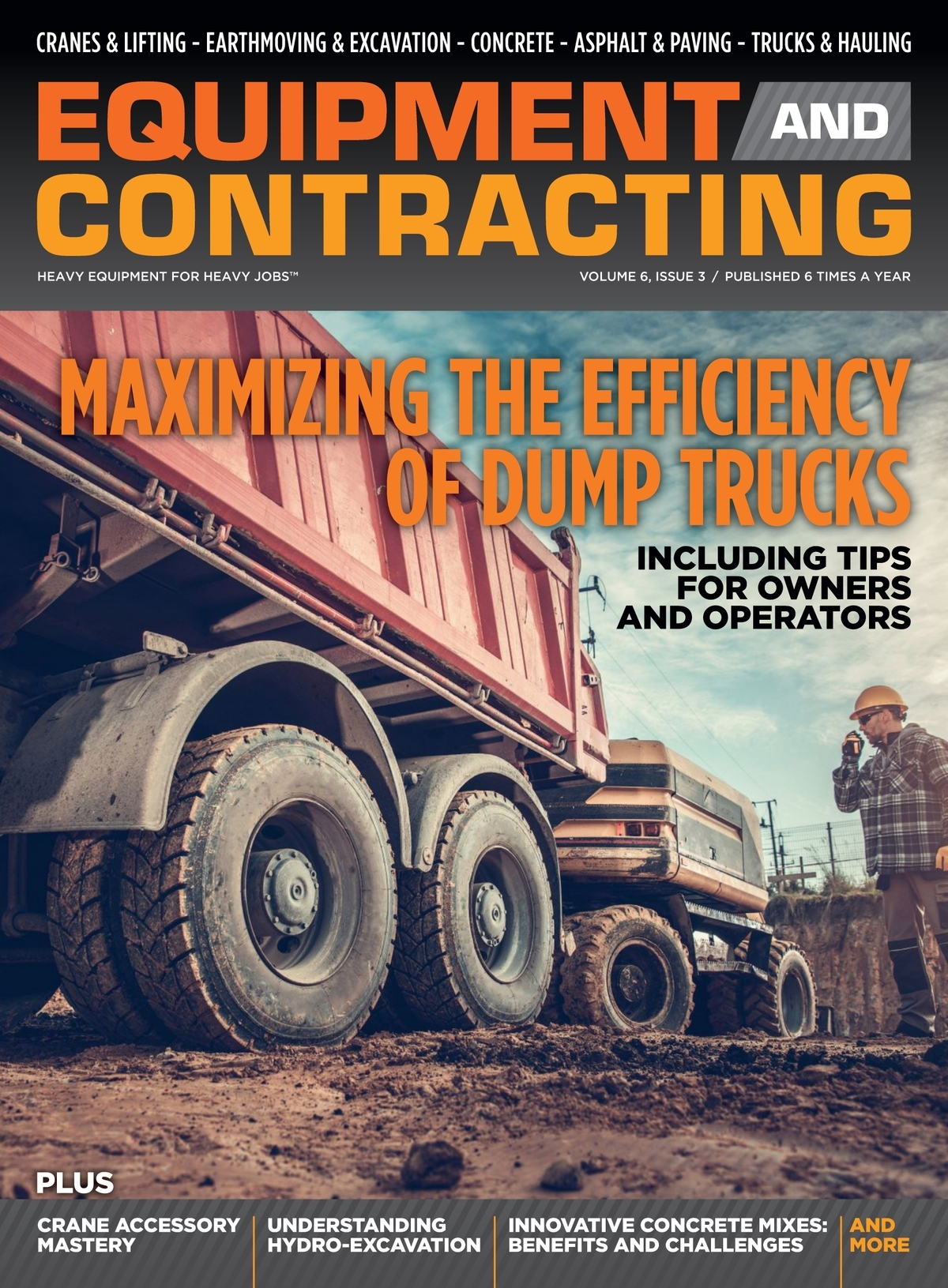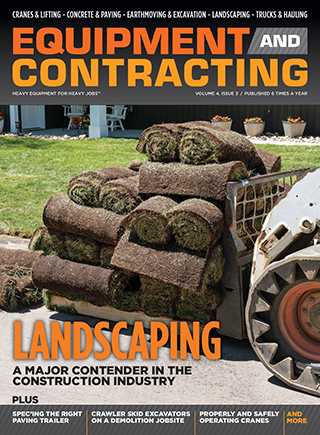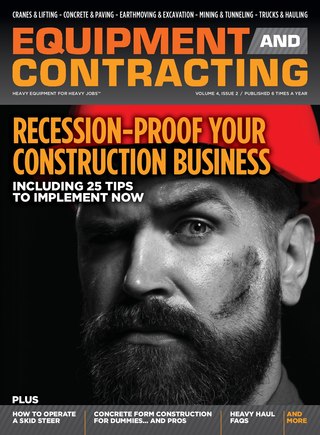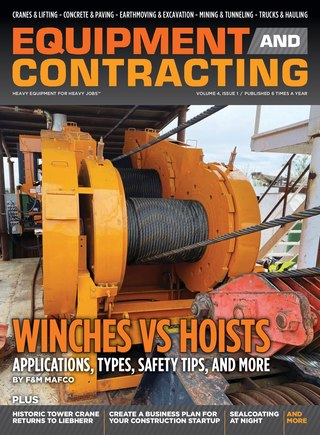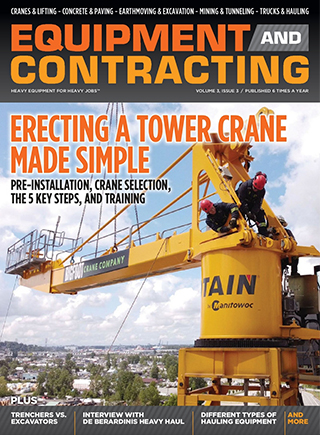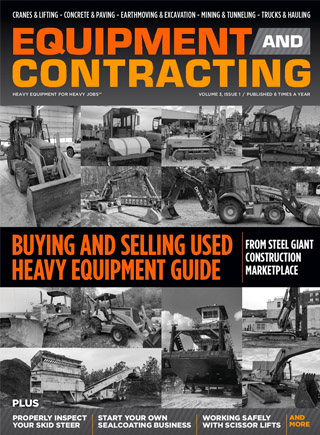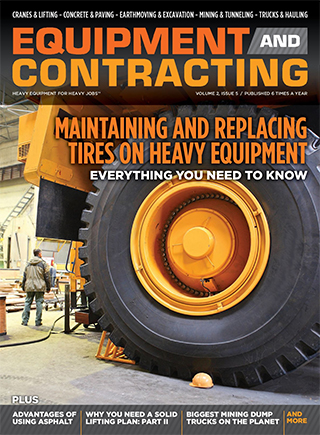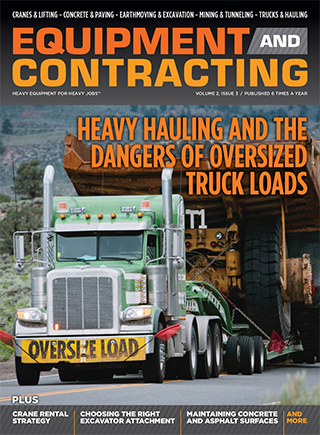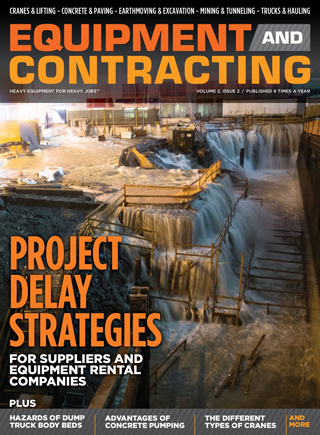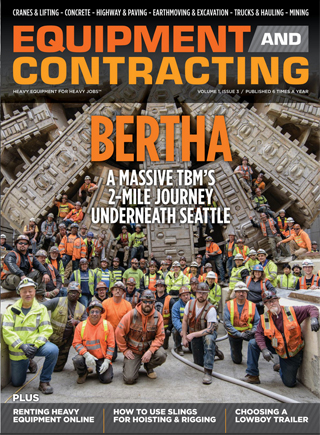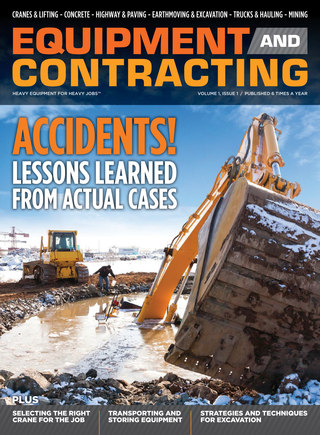
Demolition work has changed dramatically in recent years. What once was a fast and forceful process is now evolving into a carefully managed operation that balances precision, safety, and environmental awareness. As urban development accelerates and sustainability becomes a global priority, demolition is being redefined through smarter technology, cleaner equipment, and a renewed focus on minimizing impact.
The Rise of Sustainable Demolition
Environmental Pressures and Waste Reduction
Traditional demolition generated large amounts of debris and carbon emissions, often sending reusable materials to landfills. Today, that approach no longer meets environmental standards or community expectations. Industry leaders are now focusing on selective dismantling, deconstruction, and onsite recycling of materials such as steel, concrete, and timber. These methods reduce landfill waste while creating opportunities for material recovery and reuse.
Sustainable demolition practices also prioritize energy efficiency throughout the process. Contractors are embracing strategies that limit fuel consumption, recycle water used for dust suppression, and use low-emission machinery to lower overall carbon footprints. The shift represents not only environmental responsibility but also an economic advantage, as recovered materials and efficient methods can significantly cut project costs.
Green Equipment and Emission Control
A key component of this sustainability movement is the rapid advancement of equipment technology. Electric and hybrid demolition machines, precise hydraulic attachments, and advanced dust-control systems are now standard on forward-thinking job sites. These machines help reduce noise and emissions while maintaining the power and reach required for modern structures.
Many sustainable construction experts are also deploying intelligent telematics to monitor energy use, fuel efficiency, and maintenance needs in real time. The result is a new generation of equipment that not only performs efficiently but also supports environmental compliance across every phase of the project.
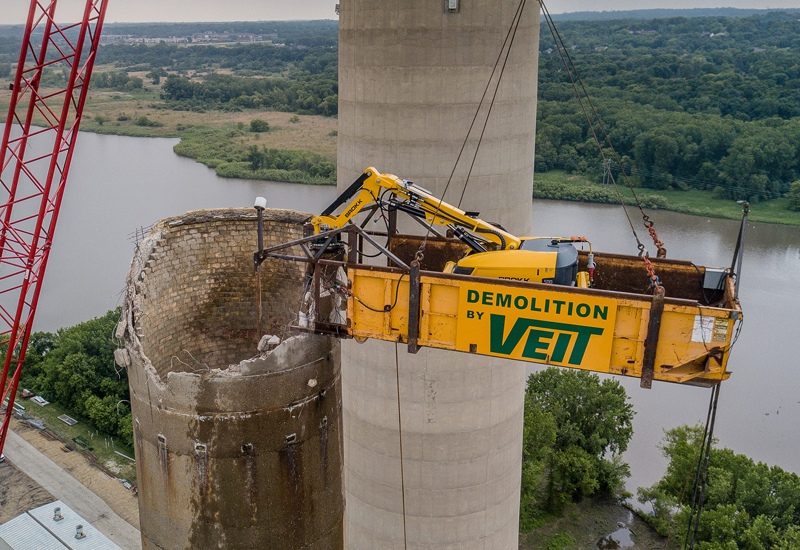
Safety and Precision in Modern Demolition
Advanced Equipment in Risk Environments
Safety remains a top priority in demolition, especially when working near occupied areas or aging infrastructure. The industry has adopted technology that allows work to be completed from safer distances and with greater accuracy. Remote-controlled excavators, high-reach machines, and robotic tools are now commonplace, reducing the need for workers to be in high-risk zones.
The integration of drones, sensors, and Building Information Modeling (BIM) software provides real-time data for structural monitoring and planning. With these innovations, crews can evaluate conditions before demolition begins, ensuring safer operations and minimizing unexpected hazards.
Strategic Contracting and Specialist Capabilities
Complex demolition projects demand coordination between engineering expertise, modern equipment, and experienced management. Partnering with trusted specialty contractors ensures that every aspect of planning, permitting, and waste handling is executed seamlessly.
These specialists understand the importance of precision timing, environmental mitigation, and safety compliance. From confined spaces to large industrial plants, experienced teams bring the capability and discipline to deliver projects efficiently without compromising safety or quality.
Integrating Efficiency, Sustainability, and Contracting Excellence
Material Recovery and Circular Economy
Modern demolition is no longer about removal alone. It’s about recovery. Contractors are increasingly reusing structural components and transforming waste into valuable resources. On-site crushers and sorters convert old concrete into usable aggregate, while steel and timber are reclaimed for recycling or resale.
This shift aligns perfectly with the principles of the circular economy, where the goal is to keep materials in use as long as possible. Companies that embrace this philosophy not only meet sustainability mandates but also strengthen their reputation for innovation and environmental care. Working with reliable demolition equipment providers helps ensure that every project benefits from the right tools and machinery to achieve these recovery targets.
Digital Tools and Contracting Workflow
The evolution of digital technology has revolutionized how contractors plan and manage demolition. Laser scanning, 3D modeling, and predictive analytics make it easier to identify structural weaknesses and optimize resource allocation. These technologies reduce human error, streamline workflows, and provide accurate data for clients and regulators alike.
Contracting teams that combine digital tools with operational experience can execute complex demolitions with unparalleled precision. For clients, that translates to faster completion, lower costs, and fewer environmental and safety risks.

Practical Considerations for Equipment and Contracting
Mobilizing Equipment and Managing Risk
Choosing the right equipment for each phase of demolition is essential. High-reach excavators handle tall structures, hydraulic shears cut through steel frameworks, and low-emission machines maintain air quality on urban sites. Aligning these assets with skilled operators reduces downtime, improves safety, and ensures consistent performance.
Large-scale projects benefit from partnering with experienced contracting firms that can provide end-to-end services—from site preparation to material removal. These partnerships bring efficiency, proper sequencing, and logistical control, all of which reduce risk and cost overruns.
Compliance, Sustainability Certification, and Contracting Value
Sustainability certification has become a key part of modern construction and demolition. Projects are now evaluated not only on completion but on compliance with environmental and safety standards. Contractors who implement low-emission technology, advanced recycling programs, and verified safety systems provide measurable value to their clients.
By collaborating with experienced demolition contractors who combine technical expertise with sustainable methods, developers and municipalities can meet both regulatory and environmental goals. The result is a demolition process that supports rather than hinders long-term project sustainability.
The demolition industry stands at a turning point. What was once a straightforward act of destruction has become a sophisticated, data-driven discipline that blends engineering, technology, and environmental stewardship. Sustainable demolition is no longer optional—it’s the new standard.
With the help of innovative equipment, digital monitoring, and experienced specialty contractors, demolition projects can now be executed safely, efficiently, and responsibly. As cities continue to evolve, the future of demolition will depend on how effectively the industry integrates sustainability, precision, and contracting excellence to create a cleaner, safer built environment for generations to come.


